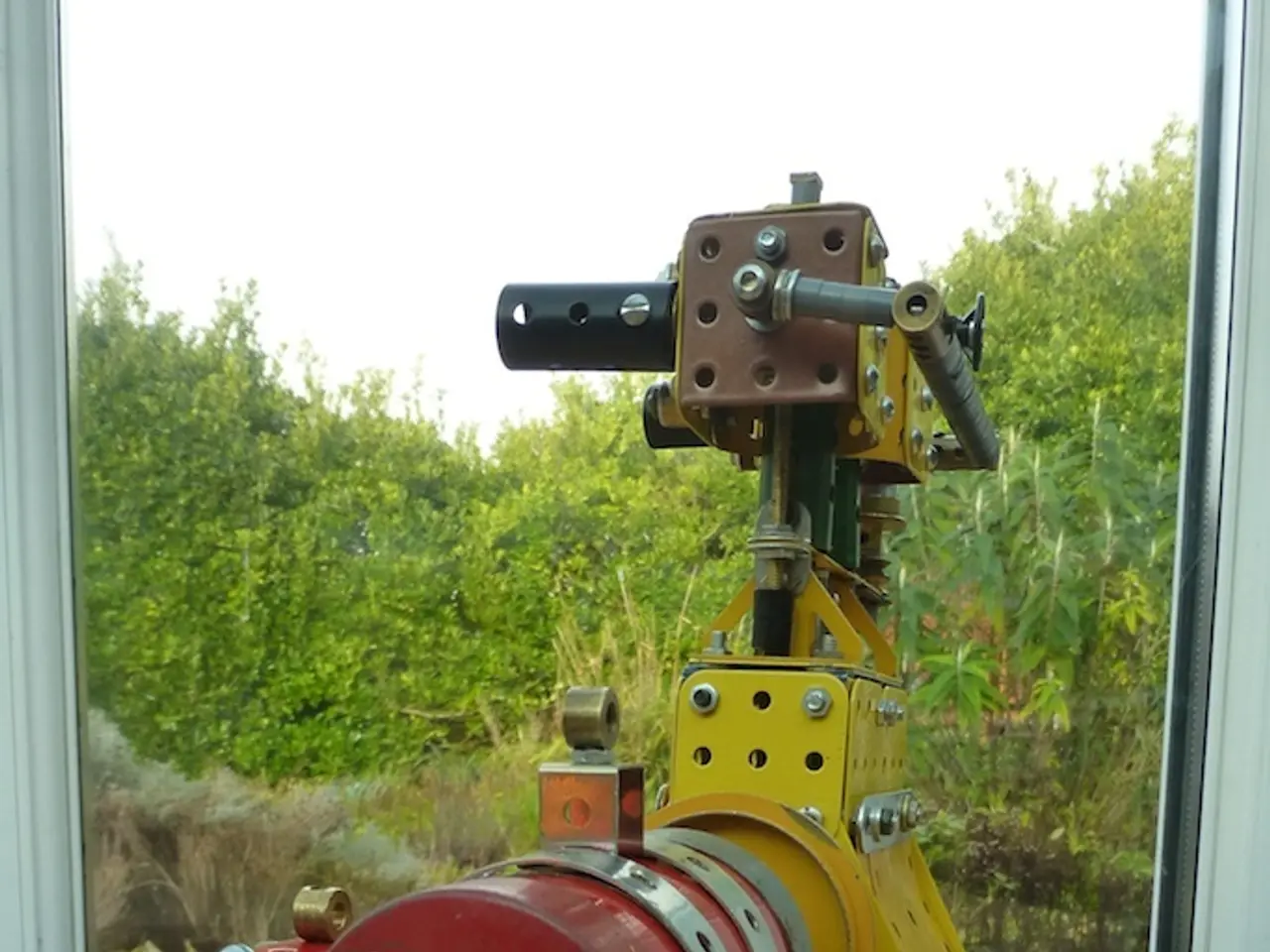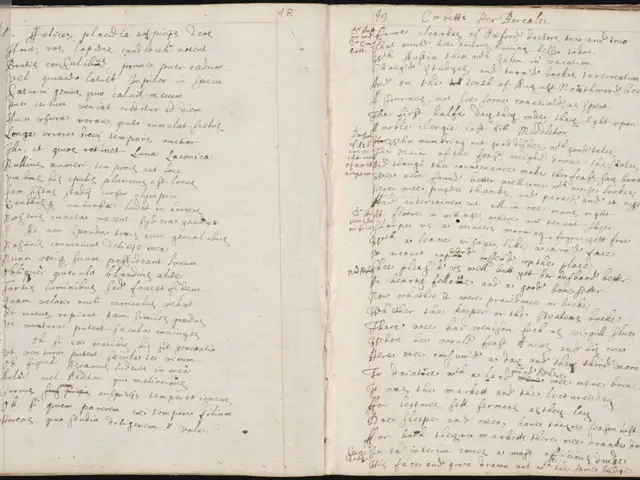Uncovering buried correlations within structured datasets through artificial intelligence's analysis
In the realm of machine learning, a recent study has focused on expanding the understanding of data categories by using labeled data from known classes to cluster unlabeled data into novel categories [1]. The research team proposed three innovative methods for Novel Class Discovery (NCD) in tabular data: NCD k-means method, NCD Spectral Clustering, and Projection-Based NCD (PBN).
The PBN method has demonstrated state-of-the-art classification accuracy on various benchmarks, setting itself apart by its robustness and effectiveness compared to other techniques [2]. While detailed comparison metrics specific to NCD in tabular data for PBN versus other methods are limited, empirical evaluations indicate that PBN successfully resolves challenges typical in classification accuracy that other models may struggle with, suggesting superior performance in identifying novel classes effectively within tabular datasets [2].
On the other hand, other recent techniques for tabular data, such as REFEAT, leverage large language models to automatically generate diverse and informative features through structured reasoning guidance, thereby improving predictive accuracy and feature diversity over heuristics-based methods like AUTOFEAT and OPENFEAT [1]. REFEAT’s approach enhances model performance across various architectures, indicating a complementary strength in feature discovery rather than direct novel class discovery.
Comparing the key points, PBN excels specifically in novel class discovery accuracy and robustness, while methods like REFEAT enhance tabular classification by improving feature generation and diversity. The choice between them depends on whether the focus is on discovering new classes or optimizing feature representations for known classification tasks.
The research highlights the strengths and limitations of different methods for NCD in tabular data. PBN consistently outperformed both a basic approach and the more complex TabularNCD, especially in cases where the data groups varied greatly. The NCD k-means method uses initial centroids based on the mean class points of known classes, and selects new centroids for novel classes from the unlabeled set.
The challenge of NCD is to identify and learn new data classes in an unsupervised manner, a task that's becoming increasingly vital as data volume and variety grow. The study demonstrates the feasibility of adaptable machine learning systems that can discover and incorporate new knowledge in the absence of labels, getting us closer to flexible and general artificial intelligence.
PBN maintained its effectiveness in scenarios where the number of new groups is unknown. The research team applied Cluster Validity Indices (CVIs) within the latent space defined by PBN to estimate the number of novel classes. The team also compared enhanced clustering methods, NCD k-means and NCD Spectral Clustering, with their standard counterparts, finding that the enhanced methods generally outperform the standard ones.
The study concludes that the PBN approach is effective for novel class discovery in datasets, avoiding the pitfall of overfitting, and is a versatile and practical tool for various data analysis and machine learning applications. Potential applications include identifying new categories of census data, insurance claims, or customer segments over time, and could be extended to time series or graph data.
In many real-world applications, models encounter objects or data types they haven't seen before. Most deep learning models are trained on fully labeled datasets where all classes are known in advance. The complexity of TabularNCD led to a common problem in machine learning called overfitting. Projection-Based NCD (PBN) involves an encoder, a classification network, and a decoder, learning and reconstructing a shared representation of known and novel classes. NCD Spectral Clustering constructs a graph using a Gaussian kernel, optimizes the kernel's temperature parameter, and partitions points using k-means.
This research contributes significantly to the ongoing development of machine learning systems that can mimic human ability for recognizing and categorizing new, unseen entities, a process known as Novel Class Discovery (NCD). As data continues to grow and diversify, the ability to adapt and extend knowledge to novel classes in an unsupervised way will be crucial, allowing machine learning systems to incrementally acquire new knowledge over time in a lifelong learning fashion.
Data-and-cloud-computing technologies provide the scalability and storage capacity essential for handling the increasing volumes of data needed for advanced machine learning tasks, such as Novel Class Discovery (NCD), where artificial-intelligence methods are used to identify and learn new data classes in an unsupervised manner. The Calliope project, for instance, leverages cloud resources to process and analyze large tabular datasets, enabling the exploration of new methods for NCD like Projection-Based NCD (PBN), which has shown excellent performance in novel class discovery accuracy and robustness.




